Table of Contents
HDMI or High-Definition Multimedia Interface is one of the most popular ways to transfer high-definition video and audio content. It has drastically improved the entertainment sector, especially when it comes to connecting devices.
But what is HDMI? Not many people know exactly what it is. So here, we straighten out the confusion for you.
What is HDMI?
HDMI is a digital interface that transmits HD video and audio data. HDMI cable carries both video and audio signals between devices. From TVs and 1080P computer monitors to the latest HDMI-compatible digital audio devices, HDMI provides a superior digital audio and video connection.
Re-written in a casual tone: HDMI is a digital interface that transfers data from one device to another.
It Connects All Your Devices
The HDMI interface provides a means to connect all types of home digital video devices such as set-top boxes, game consoles, DVD players, A/V receivers, digital cameras, Blu-ray players, televisions, monitors, projectors, smartphones, tablets, video projectors, and digital cinemas.
HDMI Offers Solutions for Commercial Use
Due to its ability to transmit high-quality audio and video signals over a single cable, HDMI is being used for commercial purposes, i.e., for presentation, education, retail display, presentation, and digital signage.
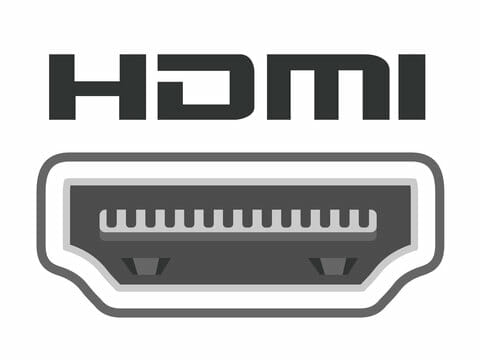
Have Different Versions
HDMI has different versions; older versions such as 1.4 and newer versions such as 2.0. Make sure you know which type of HDMI is supported by your devices so you can purchase the correct cables for your home entertainment system.
HDMI 1.0; This is the first and oldest version of HDMI. It was released in 2002 as a digital replacement for analog video standards. It has 19 pins and supports resolutions of up to 1080p @ 60 Hz.
It transfers video and audio data up to 4.95 Gbps.
HDMI 1.1/1.2; These HDMI versions were released around 2005. They are a major improvement over the previous version, enhancing audio/video data transfer. They have been tested to perform at speeds of 4.95 Gb/s and support a resolution of 1440p @ 30 Hz.
HDMI 1.3/1.4; these HDMI versions were released around 2009. They have support for 4K resolutions @ 60 Hz with amazing clarity and color depth. The 10Gbps data rate of this cable is 2 times faster than the previous HDMI cable.
HDMI 2.0; With the release of HDMI v2.0 in 2013, you can now enjoy all of your favorite 4K programs in stunning high dynamic range (HDR) color and 60Hz. As well as supporting amazing 5K resolution at 30Hz, this cable also features bandwidth up to 18Gbps, one of the highest data speeds possible over an HDMI cable.
HDMI 2.1; The latest version of HDMI was released in 2017. It is a High-Definition video and sound connection that offers a guaranteed resolution of 8K @ 30 Hz and at a speed of 48.0 Gb/s. This version offers longer cables and supports enhanced viewing angles.
This improved version (see also top HDMI 2.1 monitors) enables more content in HDR format with extra depth of color. It also supports a variable refresh rate, which promises to reduce flickering, stuttering, and tearing.
HDMI Connectors Are Available in Three Sizes: Standard, Mini, and Micro
HDMI connectors are available in three sizes: standard, mini and micro. The mini-series allows you to connect to devices that have the mini HDMI connector while still providing full 1080p performance.
The micro-series provides another option for you, providing great image quality on devices with the smallest of port spaces, so you don't have to compromise on your viewing experience.
The Standard Size or Type A Connector
Standard HDMI Type A Connector is often referred to as "full size" and is the connector most widely used and readily available of the common HDMI connector sizes and is compatible with all current and future HDMI-enabled devices.
It is used mostly on projectors, TVs, computer monitors, DVD/Blu-Ray players, home theater receivers, gaming consoles, and other audio/video components.
It supports multichannel digital audio and video, including Dolby Digital and DTS surround sound; 1080p resolution; resolutions up to 1920×1200 (WUXGA); and 4K x 2K (4096 x 2160) video.
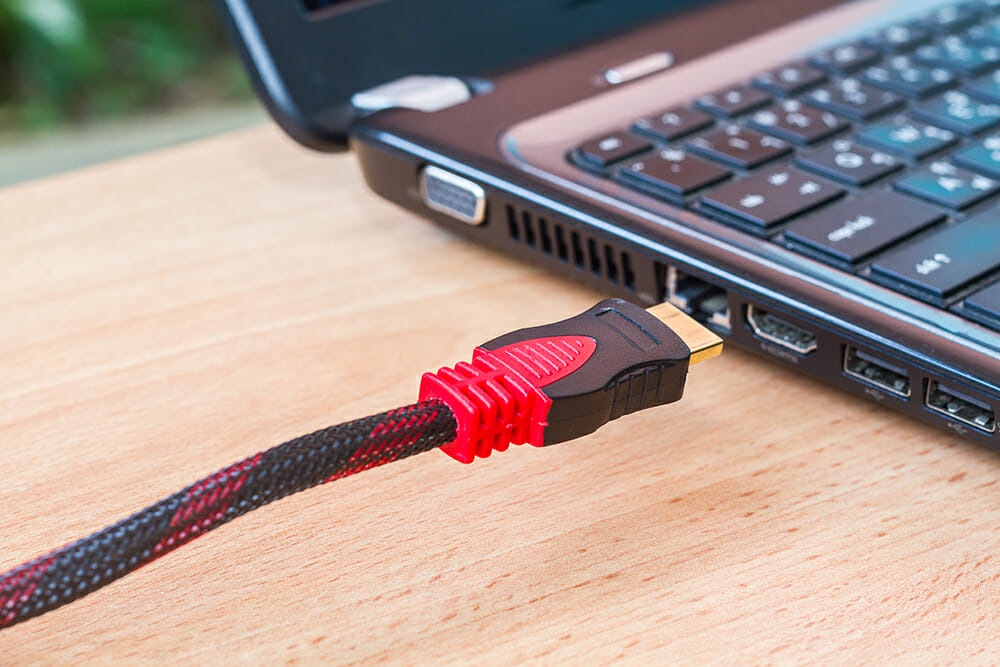
HDMI Type C or Mini Connector
This mini-HDMI type C connector is compatible with all devices with HDMI type C ports. It is smaller and slim compared to the standard HDMI. It is designed for portable gadgets such as cameras, laptops, tablets, camcorders, etc., which are becoming increasingly popular these days.
If your device or TV has a mini-HDMI type C port, use an HDMI cord.
HDMI Type D or Micro Connector
Type D connector is perfect for connecting your mobile device directly to your TV, computer, etc. It supports high-definition video and digital audio output, allowing you to watch or listen to content from your mobile device or smartphone on big screens.
What does HDMI mean?
Most customers don't understand what HDMI actually is or why they should care. HDMI stands for High-Definition Multimedia Interface because the connection carries high-definition audio and video signals.
You'll find HDMI on most major electronics (consoles, computers, etc.), but also on some recent televisions.
What does the HDMI Input Look Like?
The HDMI input is larger than standard USB (see also USB-C) and is trapezium-shaped. Inside the connector are rows of locking pins that ensure a secure fit when connecting to other devices and transferring data from one device to another.
What does the HDMI Cable Look Like?
The cable is trapezium-shaped on its ends with pins. It also has a sheathing, which protects the wires inside the cable.
So the thing I noticed about the HDMI cable is that it has both male and female ends. This means you can connect two devices together by either one device having an HDMI input or output.
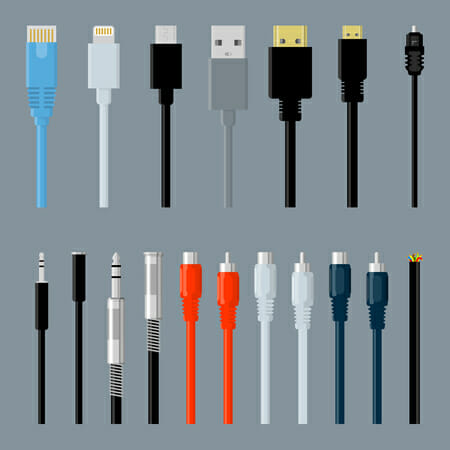
What is the History of HDMI?
At the end of the 1990s, the Telecommunications Industry began searching for a replacement for analog video standards. In 2002, HDMI version 1 was released to carry high-definition video and high-quality digital audio over a single cable.
Who is the Inventor of HDMI?
According to the official HDMI website, HDMI was developed by an industry consortium of consumer electronics manufacturers. They include Hitachi, Panasonic, and Sony. Other companies were then allowed to join this newly developed standard which became known as HDMI1.0.
It enabled high-definition digital audio and digital video transmission between devices such as PCs, televisions, and digital audio devices.
What is the History of HDMI?
At the end of the 1990s, the Telecommunications Industry began searching for a replacement for analog video standards. In 2002, HDMI version 1 was released to carry high-definition video and high-quality digital audio over a single cable.
Who is the Inventor of HDMI?
According to the official HDMI website, HDMI was developed by an industry consortium of consumer electronics manufacturers. They include Hitachi, Panasonic, and Sony. Other companies were then allowed to join this newly developed standard which became known as HDMI1.0.
It enabled high-definition digital audio and digital video transmission between devices such as PCs, televisions, and digital audio devices.
What are the Cable Types of HDMI?
Whenever you're getting ready to pick up an HDMI cable for your device, make sure to pick one that will suit your needs. Here's a breakdown of the cable types currently on the market to help you out.
- The Standard Size or Type A Connector
- HDMI Type C Mini Connector
- HDMI type D or micro connector
What is HDMI Premium Cable?
Enjoy crisp, clear images from your computer monitor, TV with an HDMI Premium Cable.
HDMI Premium Cables must pass rigorous compliance testing to ensure they pass 4K content, other HD resolutions and provide a fast refresh rate - see top 120Hz monitors - that is ideal for reducing signal interference. They are ideal for use in home entertainment systems and professional installations.
Does HDMI Cable Bandwidth Matter?
Yes, HDMI cable bandwidth matters. The question is whether the operating speed of the cable is fast enough for your equipment to work properly. HDMI has specific designations for cables depending on their bandwidth capabilities. The most common HDMI versions are 1.4, 2.0, and 2.1.
For 1.4, the speed that it allows is 10.2 Gb/s (gigabits per second). For 2.0, the speed is 18.0 Gb/s which is slightly more than the 1.4 version. For the 2.1 version, its speed is 48.0 Gb/s.
Most cables labeled 1.4 and below cannot handle speeds of more than 10.2 Gb/s, so it is important to check the cable that you are buying before ordering it.
What are the Versions of HDMI?
With the explosion of high-definition technology, HDMI has become one of the leading connectivity standards used in TVs, digital projectors, media players, and home-theater systems. Here are various versions of HDMI;
- HDMI 1.0
- HDMI 1.1
- HDMI 1.2 and 1.2a
- HDMI 1.3
- HDMI 1.4, 1.4a, and 1.4b
- HDMI 2.0, 2.0a and 2.0b
- HDMI 2.1
What are the Features of HDMI?
HDMI (High-Definition Multimedia Interface) is the latest and best interface for connecting multimedia devices. It allows you to enjoy clear and crisp images and, if you've wondered how to play sound through a monitor, your HDMI connection can also reproduce audio.
Supports High Resolutions
One of the most important features of HDMI is the ability to support high resolutions. In addition to supporting 1080p, which is extremely detailed, HDMI supports resolutions as high as 4096 x 2160 pixels, making it possible to have a 4k HDMI cable.
- HDMI 1.0 supports a resolution of 1080p
- HDMI 1.1/1.2 supports a resolution of 1440p
- HDMI 1.3/1.4 supports a resolution of 4K
- HDMI 2.0 supports a resolution of 5K
- HDMI 2.1 supports a resolution of 8K
It Delivers Digital Video and Audio Through a Single Cable
HDMI combines high-definition video and digital audio into one cable to deliver the ultimate entertainment experience. With it, you can play HD game titles on your computer or TV while still enjoying great sound through your home theater's speakers.
Connect Multiple Devices
The HDMI allows you to have a connection between your diverse electronic devices. You can connect to a DVD player, a computer, digital camera, a laptop, a video game console, a stereo system, or a TV.
This makes it more user-friendly than other connections, which require adapters to convert between various types of connectivity.
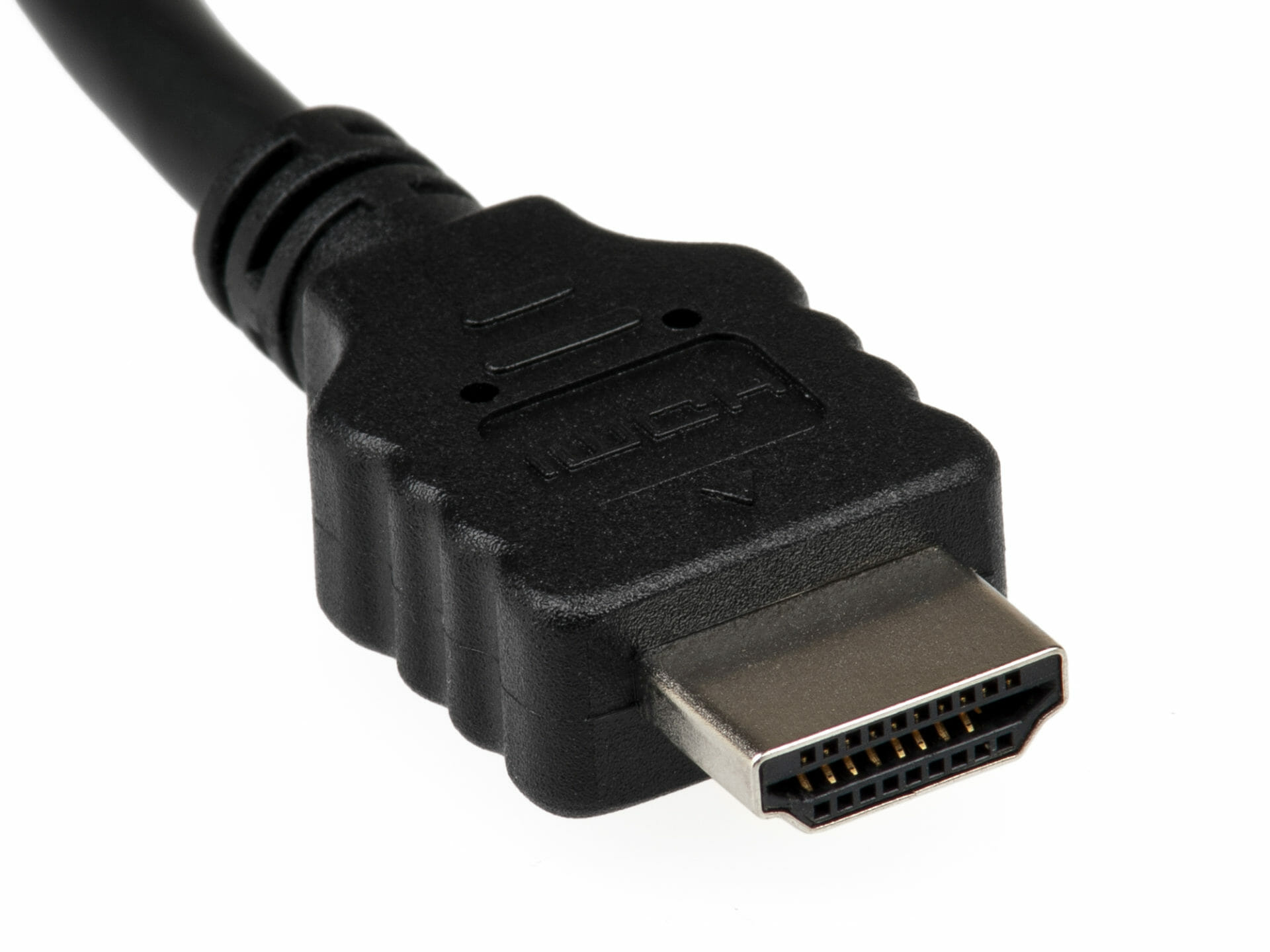
What are the Benefits of Using HDMI?
If you are looking for some of the benefits of using HDMI, here are some of them;
- HDMI port enables the transmission of high-quality, uncompressed video signals and digital audio through a single cable.
- With HDMI connectivity, you can hook up all your video sources -- DVD players, satellite, set-top boxes, BluRay players, Apple TV, or iPad -- to your TV with just one cable (see also Thunderbolt for Apple).
- With HDMI, you can enjoy all your favorite movies and games in high definition sound and vision.
- It supports various resolutions, so you get the best picture for your HD devices
Our recommendation: McAfee
You should know that there are other options available in the cybersecurity market! McAfee is one of the leading antivirus programs that not only protects your devices, it’s encrypted file handling ensures that your sensitive data is secure. With over thousands of identity malware attacks happening by the minute, McAfee ensures their customers their information will not be leaked.

What are the Cons of Using HDMI?
You may be surprised to find out there is a downside to using HDMI. It is more expensive than other kinds of cables. However, many people don't consider this a downside since they believe that high-quality cables are worth spending.
What are the General Problems and Solutions of HDMI Connection?
The following are the common problems that you may encounter with your HDMI cable;
Bad Contact
A common problem with HDMI signal transmission is bad contact. The pins and port may be slightly bent, badly damaged, or dirty, so the whole signal transmission process will be influenced.
- In order to maintain a stable connection, please clean the contact area with a soft cloth to eliminate the dust and oils on the surface.
- Ensure the metal contacts of the cable and connectors are properly aligned; re-connect them again and try again and do not bend or twist these cables too hard.
Compatibility Problem
Some devices do not support HDMI version 1.4 or 2.0 or do not support HDMI's latest function. These devices are not able to fully utilize their features, which can cause compatibility problems in playing 4K/60p video over the connection.
When buying an HDMI cable, make sure you select the correct one for your device.
Image Without Sound
When you connect a monitor to a computer using an HDMI cable, but the images are showing and no sound, the problem is caused by HDMI.
You can check if your audio device is working properly by playing a video on the computer, making sure the system volume is not muted. In Windows, go to Control Panel > Hardware and Sound > Sound. Check if you have enabled HDMI and the volume is okay and not muted.
What is HDMI ARC?
HDMI ARC, or Audio Return Channel, is the feature that enables your TV to connect with sound receivers over a single HDMI connection. For example, if you have a TV with HDMI ARC, you can connect it directly to your sound receiver using an HDMI cable.
Then, using only one remote control instead of two, you can control everything in your living room - including switching inputs on your TV or sound receiver.
ARC will allow you to easily enjoy movies and sports broadcast on TV with the sound from your home theater system.
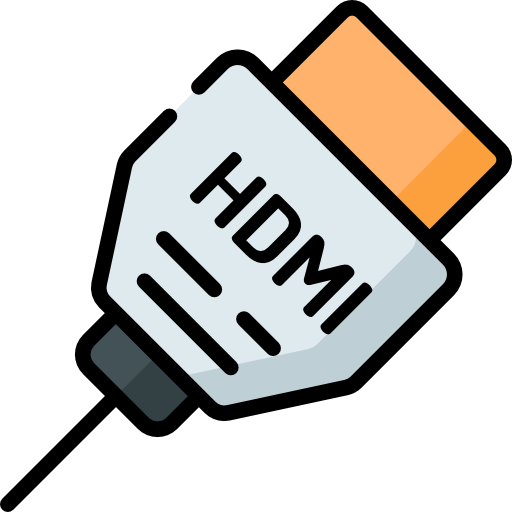
What is HDMI Splitter?
HDMI splitter is a tool that allows you to share one HDMI signal to multiple displays simultaneously. This kind of device is very popular in the current world. Apart from using it on electronics such as computers, TV, and theater, the HDMI splitter also has other applications in other areas like classrooms, conference rooms, meeting rooms, and training centers.
Are Great Money Savers
A simple yet crucial piece of equipment for anyone who wants to hook up two TVs to the same cable or satellite feed, an HDMI Splitter can send a single video signal to both TVs simultaneously.
Using an HDMI Splitter is the perfect solution if the output of your cable box only has one HDMI port, you have some special setup requirements, or if you simply want to save some money on buying a second cable box.
What are HDMI Switches?
At first, you may confuse HDMI Switches with HDMI Splitters. A lot of customers think that the two devices are the same one. Actually, they're completely different.
HDMI switches are used to manage many HDMI devices on your TV or monitor. For example, if you have several HDMI devices but only one HDMI port on your TV or monitor, use an HDMI switch to connect all of them to the TV or monitor. It will save space and provide you with more convenience by controlling several devices with one remote control.
Switches Enhance your Viewing and Gaming Experience
HDMI Switches connect all of your HDMI devices to a single HDMI TV or display. These switchers let you easily manage different inputs so you can watch TV, play video games, and enjoy Blu-ray on a high-definition screen. Plus, these switchers let you add audio from any device to your TV's sound system for a complete home entertainment experience.
Switches are designed to accommodate all common HDMI devices, enable switching between different content sources, and offer you an enhanced audio/video experience (see also DVI vs HDMI when gaming).
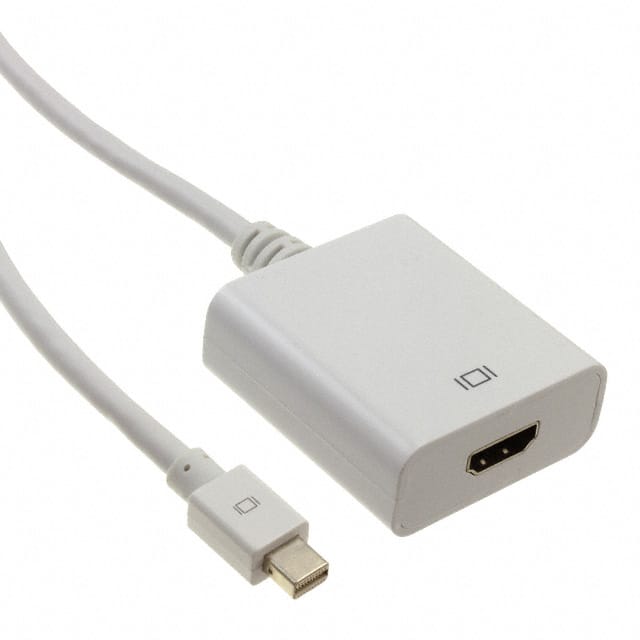
What is HDMI Adapter?
Ultra HD televisions continue to increase on the market, but it seems that not every TV has an HDMI connection. An HDMI adapter connects from a non-HDMI port from your device to an HDMI port on your TV or device and enables high-definition viewing and super audio/visual quality. It converts the signal type from one format to another format.
An adapter is great for your MacBook, Mac Mini, iPod, iPhone, iPad, Nintendo switch, SONY PS4 Pro, Sony PS4 Slim, or other HDMI-supported devices. Types of the HDMI adapters include;
VGA to HDMA Adapter
The VGA to HDMI Adapter allows you to convert an analog signal into a digital signal, allowing it to be projected onto a larger screen. The adapter supports up to 1080p resolution and works with both PC or Mac computers.
USB to HDMI Adapter
The USB to HDMI adapter is capable of converting your digital video and audio signals from a USB device such as your cell phone, iPod, or digital camera into an HDMI signal. Its small size makes it ideal for traveling with you wherever there is a TV.
Ideal for home entertainment, it will mirror your smartphone or tablet's screen on your HD TV. Use it too to view presentations, photos, movies, and more on your TV screen.
DVI to HDMI Adapter
The DVI - see what a DVI is - to HDMI adapter converts analog video signals from your computer or other devices to digital HDMI output.
It is perfect for connecting your laptop's or desktop's VGA output to an HDTV, digital projector, or monitor with HDMI input. A DVI to HDMI adapter supports PC resolutions of up to 1920x1200 and HD resolutions of up to 1080p.
What are HDMI Surge Protectors?
There are chances that your power surge or lightning might damage your HDMI-connected devices.
Protect HDMI Equipment from Power Surges
HDMI surge protectors are devices that prevent your home theater from being damaged by electricity. It will cut power to it when the voltage becomes unstable or when the current gets too high. It is very useful in canceling noise, spikes, surges, and ground loops without interfering with the picture quality. Some have a remote control that allows you to switch between different HDMI sources easily.
It can be used in both home theater systems and computers which have HDMI ports. They are connected to your TV, BluRay player, PS3, etc. Using HDMI surge protectors will keep you away from all the worries about damaging these devices.
How to Convert HDMI to VGA
If you want to connect your HDMI devices like HD-cable boxes, HD DVD players, camcorders, or video game consoles to your VGA (analog) monitor or projector, then here is the solution.
- Gather all the tools needed for conversion. In this case, get an HDMI to VGA adapter.
- Connect one end to your device’s HDMI port and the other to your device’s VGA port for clear video display.
How to Convert HDMI to USB
Many devices don't have built-in USB ports. They may have had them in some versions, but companies had to use their creativity to cut some features out in order to make the item more affordable.
This is how to convert HDMI to USB if you don't have enough ports.
- Gather all the tools needed; in our case, an HDMI to USB adapter.
- The cable has one end that you will connect directly to your device’s HDMI port and the other end to a USB output
How to Convert HDMI to DisplayPort
With an HDMI to DisplayPort adapter, this handy cable lets you connect your HDMI-enabled laptop or other devices to a DisplayPort monitor or other DisplayPort-ready device for high-definition video output.
It is perfect for work or play, photo editing, playing videos, or streaming games from your laptop on the big screen.
- Gather the tools needed; have an HDMI to DisplayPort adapter
- Plug one end of the cable into a device with an HDMI port and the other end into a DisplayPort computer or monitor for conversion.
What is HDMI Audio Extractor?
HDMI audio extractor allows you to use audio from any HDMI input source and output the audio to speakers or headphones (check out also monitors with speakers).
You can plug in anything that has an HDMI output, such as a gaming console, Blu-Ray player, PlayStation 3, Xbox 360, cable box, etc. And your audio will play out through your speakers or headphones.
What is HDMI Signal Booster?
The HDMI Signal Booster is the latest generation cable that will improve the quality of your HDMI cables. This booster cable will help eliminate screen static, picture noise, video loss, and audio loss for all of your devices while simultaneously boosting the HD signals to the highest quality possible.
Also, the booster can extend the transmission distance to 30 meters, which means you can get flawless signals up to 30 meters away from the source device. What's more, it is easy to install, has a high gain and wide frequency range, and is compatible with all non-Ethernet CECs.
What are the Applications of HDMI?
The main purpose of an HDMI cable is to transmit the High Definition signals from a source such as a DVD, Blu-Ray, PS3, Xbox360, Cable/Sat Box, DVR...etc. to your HDTV or Monitor. You could also use an HDMI cable to transmit audio from your device as well as video.
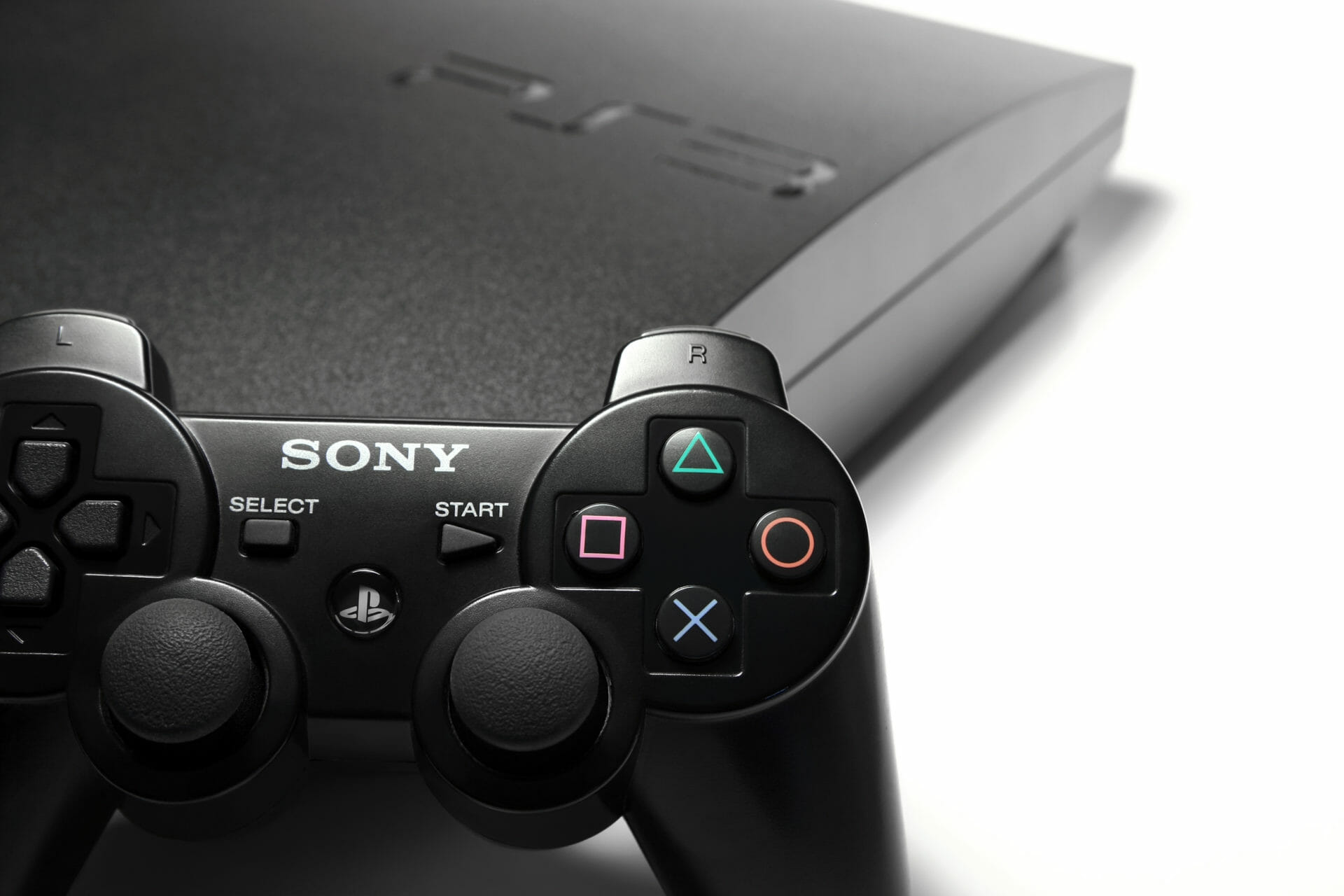
What is the Difference Between HDMI and VGA?
There are two equally common types of ports that are used today for connecting external monitors to PCs. These are the HDMI and the VGA ports. Here are the differences between them.
Well, for starters, HDMI offers high-definition video and sound on a single cable. VGA is a bulky connector. And while it supports high-definition resolutions, it can't match HDMI in terms of digital format conversion.
Also, VGA is much shorter than other video cables, making it difficult to connect devices that far distance apart.
What is the Difference Between HDMI and DisplayPort?
More and more video displays are coming with both DisplayPort and HDMI interfaces. If you're in the market for a new PC or laptop or looking to buy an external display, knowing the difference between these two connection types is important.
HDMI
- Most have 19 pins
- Are common in entertainment centers
DisplayPort
- Have 20 pins
- Are common in workstations
What is the Difference Between HDMI and DVI?
Short for High Definition Multimedia Interface and Digital Visual Interface (see also DVI-I and DVI-D) respectively, these two technologies and their corresponding connectors are used to transmit video and audio signals.
While similar in appearance and capabilities, the primary difference between the two is that HDMI combines both audio and video into a single cable, while DVI uses separate cables for the transmission of video data.
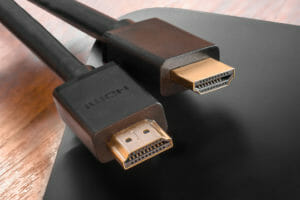

The best part of your blog is when you said that you can enjoy clear and crisp images and sounds on multimedia devices when you use an HDMI connection. With this in mind, I will be sure to consider shopping for an HDMI cable. I want to easily watch saved movies with my children, especially during the weekend. Thanks for sharing this.